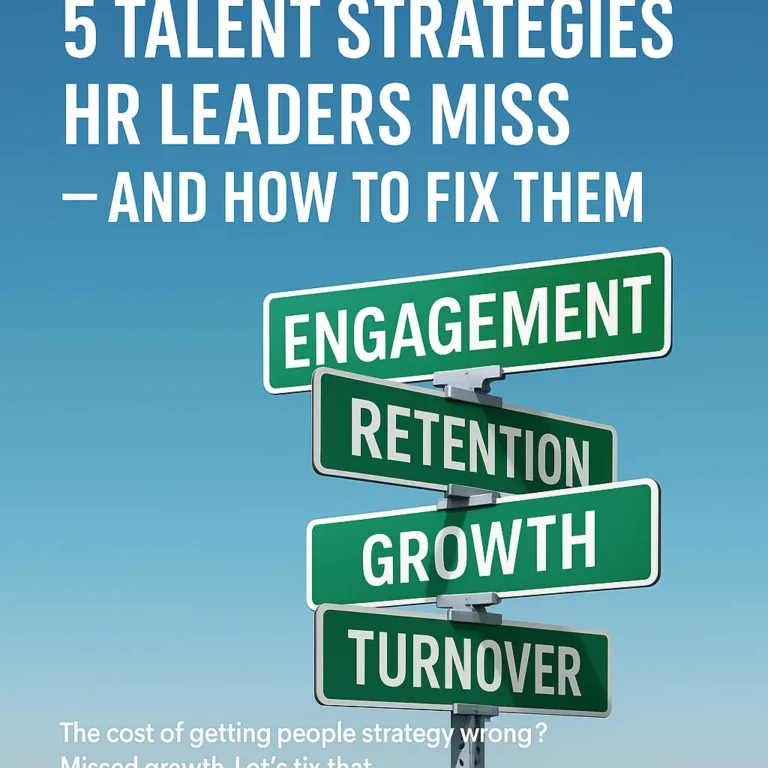I started my career at UPS and worked there for many years. Back then, they had a big promote-from-within culture (and they still do).
One day, I was a driver. The next day, I walked in wearing a suit and tie.
My first operations assignment was overseeing other drivers. Fortunately, the folks in the group I was supervising weren’t folks I had interacted with directly when I was an hourly employee. But six months later, that changed, and I was overseeing a group of guys I had been working with side by side less than a year ago. That presented some challenges that the average newly promoted person may not have to deal with.
Much of our ability to be successful comes back to the attitude of a leader. Ultimately, I think it comes back to the old saying, “Your attitude will speak so loudly your employees can’t hear what you’re saying.”
To these folks, I was still the guy they hung out with. I was still someone who cared about what was going on out on the road. But at the same time, they needed to see that I was now their supervisor.
The thing that struck me the most back then was that my team was watching my decision making ability pretty closely. How was I going to react to adversity and the changing dynamics that can happen any day on the road for a UPS driver?
Ultimately, as with any other front-line supervisor, I became a buffer between them and the people higher up in management. That’s why I call the front-line managers the rubber band. They get pulled by both employees and upper management to do right by each of them. The task is to balance that rubber band so it doesn’t snap.
Just a few months into my supervisory work at UPS, one of the older, more seasoned drivers, John, and I did our annual safety ride together. I was there to check on his driving habits and make sure he was driving safely. He was in his late 50s. I was 23. He hadn’t had an accident on the job in over 25 years (longer than I had been alive at that point!).
Once we were in the truck, I acknowledged the awkwardness and said, “I don’t know what I can teach you. How about you tell me what you’re doing out here that leads to your success?”
I knew I could learn from him. Just because I wore the tie didn’t mean I knew everything. I recognized he had value and treated him with respect.
He shared tips and tricks, especially from close calls, that I could share with some younger drivers.
Those encounters with John really show how we can get through to our people if we really want to. There are too many folks out there who think they need to have all the answers or people won’t respect them. In my experience, it’s the contrary.
When we humble ourselves and ask for their knowledge, their level of respect will go up immensely.
It’s usually referred to as the servant leadership model, but you can call it whatever you want. It’s when you’re able to say, “I know you know more than me. Help me learn so I can be a better supervisor and support you better.”
There will be some sticks in the mud who’ll say, “You don’t even know my job, how can you be my supervisor?” But we all know that a person’s ability to make widgets doesn’t determine their ability to supervise widget makers.
When it comes to being successful as a leader early on in your career, remaining positive under stress is key. There’s probably no greater stress in our supervisory lives than when we’ve taken on a greater set of responsibilities. We can look at it as a challenge, or we can look at it as a mountain that’s impossible to climb.
The other part is that we must be willing to teach what we know as well as learn from employees what they know. That’s often the hardest for newer leaders: setting reasonable and consistent lines of authority, especially when they’re used to working side by side. The line can get blurred. It may no longer be appropriate to get a beer after work together. These are individual decisions you now have to think about.
Ultimately, the biggest path to success as new leaders comes if we work to become really good communicators, learning what our people need and effectively communicating it to upper management as we communicate what the company needs to the employees.
If you can do both, if you can become that rubber band stretching in both directions without snapping, you’ll start to see real team effort and an increase in productivity.
This article originally appeared on Forbes.com.


